

It’s an age-old question: who would win in a battle between Superman and Batman? DC Comics writers have sought to answer the question with various story arcs, alternate timelines, and one-off issues, but in each of those instances the fans have no agency in the matter. However, in NetherRealm Studios latest brawler, Injustice: Gods Among Us, fans can finally put the issue to rest.
Injustice: Gods Among Us takes DC Comics’ best and brightest, and puts them into the type of over-the-top fighting game only NetherRealm could pull off. Essentially, the game creates a scenario where heroes would fight heroes and villains would fight villains. How Injustice: Gods Among Us establishes that idea is a bit silly, but once players accept the general concept they’ll have a blast with the game.
As with Mortal Kombat 9, Injustice features a story mode that seamlessly transitions from cutscene to fight. The conceit of Injustice is pretty simple: several Justice League members from one universe are pulled into an alternate universe where Superman has named himself the “High Counselor.” On the opposite end of Superman’s dictatorship is Batman, who enlists the help of the alternate universe characters to bring Supes down. So, what starts out with Batman fighting a few of his common foes turns into an ensemble piece with players seamlessly segueing from character to character.
And by the end, players will have seen all of the marquee match-ups, including a few throwdowns between characters and their doppelgangers (i.e. Batman vs. Batman, Superman vs. Superman). That being said, the game’s story is pure fluff — the type of comic book fodder that lacks true depth but that delivers all of the superhero-on-superhero action fans crave. And in all honesty, the set-up and story beats only serve to fuel the fights, which are superb.
There are definite heirs of Mortal Kombat in Injustice, but its fighting systems still carve enough of a unique path so as not to feel like a reskin. Every character has their inherent weaknesses, and each is well represented with a bevy of iconic moves (Superman’s heat vision, Batman’s batarangs, Wonder Woman’s lasso) to mix and match. On its own, the fighting feels solid, with enough variety to make each character functional, even if most will find their favorites based on playstyle.
NetherRealm has also included MK‘s meter system, although it works a little different in Injustice. A single bar of the meter can be used for supercharged versions of a character’s basic move, while two bars can be used for EX moves and better combos. Players can also initiate what are called wager matches, which allow each combatant to wager some portion of their meter in a risk/reward fashion. If the player who initiates the wager bets more of their meter they regain a specific amount of healthy, but if their opponent wins then the original player takes a specific amount of damage. Wager matches are few and far between in the game – unless the player regularly initiates them – but they are a fun addition.
More importantly, wager matches keep players from fully charging their meters and activating their “super.” These supers are akin to Mortal Kombat‘s fatalities, only they happen mid-match and can deal a large amount of damage (like MK’s X-Ray moves). Granted, the supers are a little long in the tooth, and take away from the momentum of a very fast-paced game, but they help differentiate Injustice from all the other fighting games out there.
The backgrounds also have a dynamic flair about them. Peppered throughout each level are a few items that players can interact with to deal out some extra damage. The fact that these level interactions are, for the most part, unblockable make them a bit of a nuisance, but they do keep players on their toes.
In addition to the level interactions, players can also trigger level transitions by enacting a specific attack while on the periphery of a map. Triggering a transition sends an opponent flying through an interstitial area, accumulating damage along the way, before they end up in a new stage. Again, the level transitions are fun to watch, and they usually include one or two DC Comics Easter Eggs, but they go on for a bit too long.
In addition to the story campaign, the game offers two other single player modes: Battles and S.T.A.R. Labs. Battles is a tournament-style set of matches with different modifiers. The options in Battles are pretty standard, but they will give players plenty of opportunities to test out all the characters — including those not playable in the story campaign — in a wealth of different scenarios like ‘Poisoned,’ which requires the player to defeat their opponent while taking damage internally and externally.
S.T.A.R. Labs is Injustice‘s analog for the Challenge Tower. Unlike MK‘s Challenge Tower, which required that players only win to move on, S.T.A.R. Labs adds a 3-star objective system that players must complete to get full marks. That way players won’t just focus on winning the match, but will try and change their strategies in order to get 3 stars. The more stars the player earns, the more challenges they can unlock.
And finally there is multiplayer, where a lot of players will spend the bulk of their time. Multiplayer includes both ranked and unranked matches, and 3 modes within each: 1v1, King of the Hill, and Survivor. 1v1 is your standard multiplayer mode, King of the Hill puts a handful of players together and lets the “king” fight till he loses, and survivor takes king of the hill’s concept but requires the winner to enact certain moves to regain health between matches.
Like most fighting games, multiplayer is a mixed bag, with a lot players favoring Nightwing and Deathstroke (at the time of this writing). That being said, I was still able to win a fair share of matches, even while trying out less familiar characters. In that regard, Injustice is a success, as it makes the online fighting game a little less daunting; that is, until players log hundreds of hours with the game and become “pros.”
Without question, Injustice: Gods Among Us is the definitive fighting game for DC Comics fans. While its roster doesn’t include everybody, it does make good use of those characters that are available. Its story, while a bit goofy, fuels a fun variety of match-ups, and gives players opportunities to test out a large portion of the roster.
The fighting systems are very accessible, and work well within the context of these iconic heroes, and the interactive backgrounds take combat to another level, turning each fight into a fittingly epic throwdown. Some fighting game purists might find that the game has a few too many “cheap” moves, including the level interactions and transitions, but DC Comics fans will love the chaotic super-powered mayhem. Most would have been sold on Superman vs. Batman, but the fact that Injustice is approachable and fun makes it worth recommending.
Have you had a chance to check out Injustice: Gods Among Us? Do you have any questions about NetherRealm’s latest fighting game? Feel free to let us know in the comments below.
Injustice: Gods Among Us is available now for the PS3, Xbox 360, and Wii U. Game Rant was provided the PS3 version for review.
–
Follow me on Twitter @ANTaormina

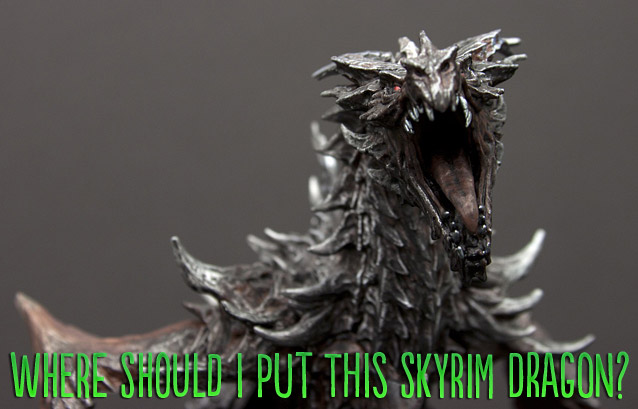

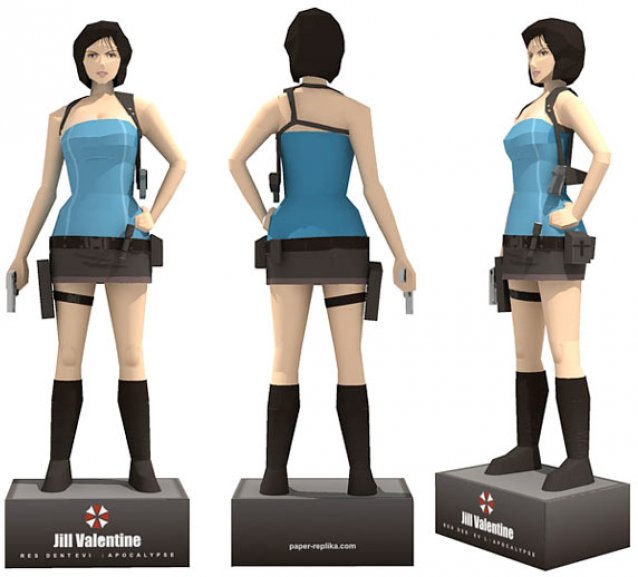
 Witcher 3: Hearts of Stone - How to Use Runewords and Glyphwords
Witcher 3: Hearts of Stone - How to Use Runewords and Glyphwords Topsy Turvy Walkthrough
Topsy Turvy Walkthrough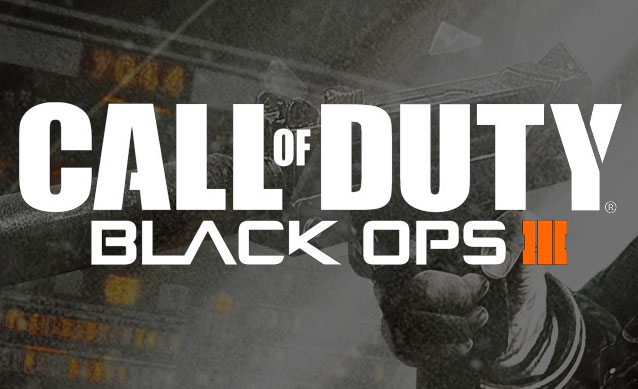 Would You Prefer Black Ops 3 or Extended DLC Support for BLOPS 2
Would You Prefer Black Ops 3 or Extended DLC Support for BLOPS 2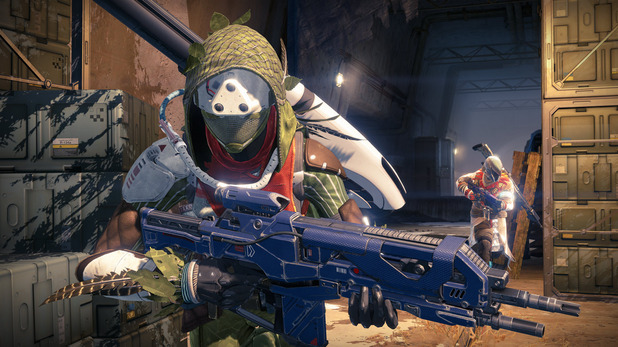 Destiny The Taken King: Top 6 Tips, Tricks and Cheat You Should Remember Before Playing
Destiny The Taken King: Top 6 Tips, Tricks and Cheat You Should Remember Before Playing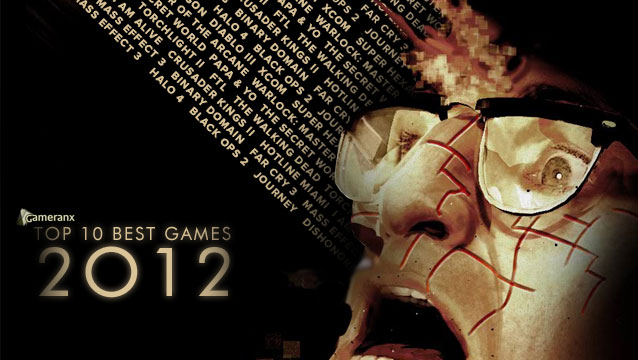 Top 10 Best Games of 2012: The Critics Choice
Top 10 Best Games of 2012: The Critics Choice